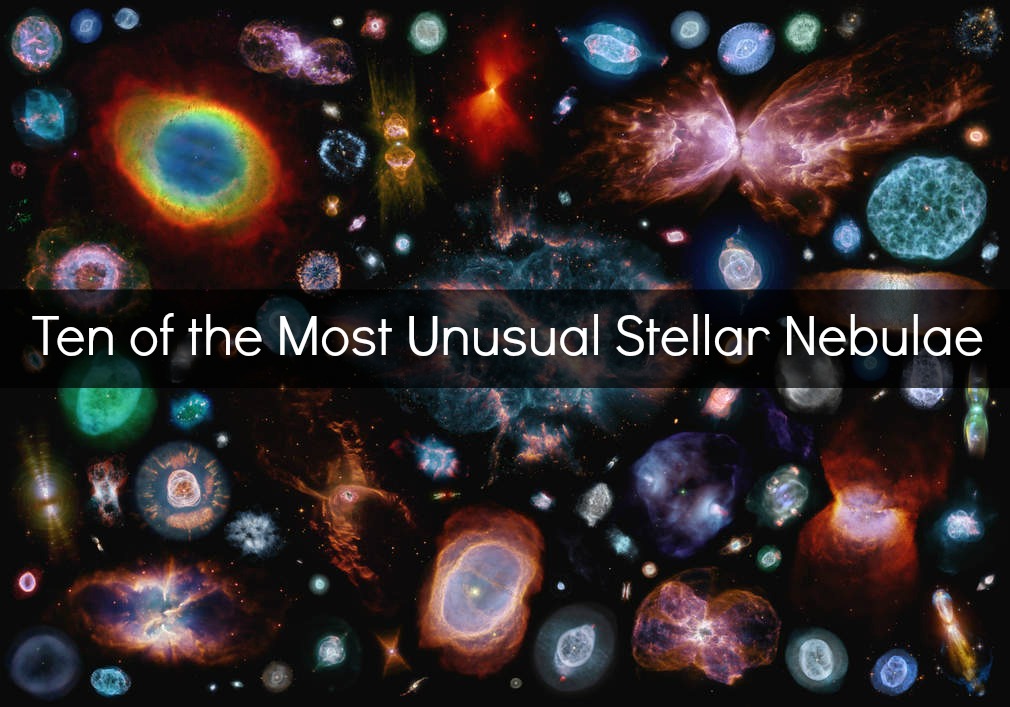
Nebulae are among some of the most complex structures in the universe, making them quite appealing to astronomers and the layperson alike. Through observations, they help shed some light on the star-formation process. Since Hubble was deployed in the 90’s, we’ve observed hundreds of these regions. Interestingly, many of the nebulae are formed in the same way, yet no two are completely alike. (Quite a few of which are just completely strange.)
Here, we have complied a list of some of the strangest of the bunch:
10. NGC 2438
This abnormal-looking celestial region is NGC 2438, a planetary nebula that can be found about 3,000 light-years from Earth (in the constellation of Puppis). Planetary nebulae like this one are formed when a sun-like star progresses from main-sequence, where it spends most of its stellar life in, before blooming into a red-giant, ultimately shedding its outer layer of gases off into space, forming a nebula.
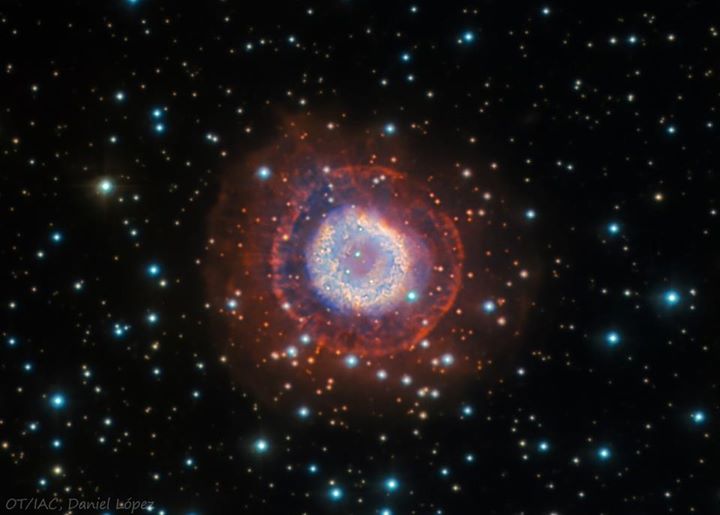
This particular one has an unfamiliar appearance, as its located on the very outskirts of a very bright, energetic cluster of stars, known as M46. Most of the stars in the open cluster are relatively young in age, matching the age of the central star that is responsible for the nebula’s form (the aurora of glowing gas extends an astonishing distance of 4.5 light-years in across).
9. The Waterfall Nebula
One of the most mysterious structures found in the galaxy is this, the Waterfall Nebula (also known as HH-222), which lies about 1,500 light-years away in the Orion Molecular Cloud.
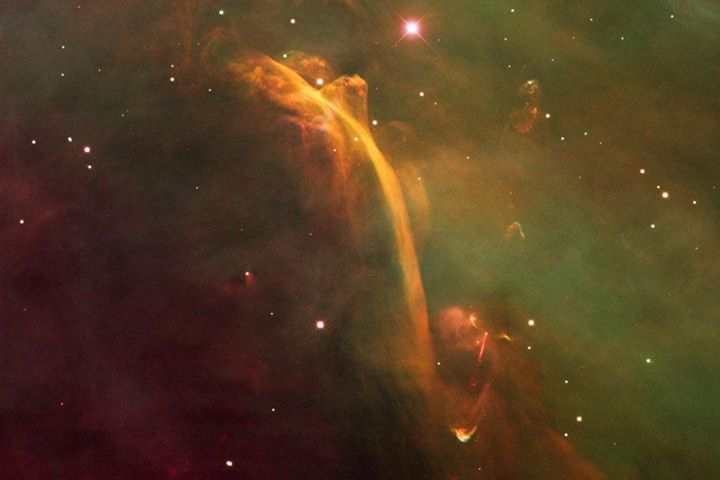
Try as they might, astronomers aren’t particularly sure how this thing formed. One hypothesis suggests that the gas filaments are the result of stellar winds blowing from a young star that lies hidden in the nearby molecular cloud of Orion, but this is largely seen as an incomplete theory since the fainter streams of gas appear to converge on an unusual non-thermal radio source near the upper left of the structure. Another hypothesis suggests that two objects in a binary system are embedded in the gas like a neutron star, white dwarf, pulsar or black hole, spitting out radio waves in a jet from the source. Though this is largely discounted because the objects listed above generally spit out large quantities of x-rays in addition to radio waves, which haven’t been detected thus far.
8. Barnard 68
Contrary to your first instinct upon viewing, this is not a black hole. Not in the conventional sense anyway. It isn’t sucking in matter that comes too close to it. Instead, this is a dark absorption nebula that’s located about 500 light-years away in the constellation Ophiuchus, known as Barnard 68, which is believed to be about half a light-year in length. Since all of the light from the background stars is being obstructed, astronomers can accurately determine that the cloud is close in distance (cosmically speaking, of course!) to us.

In contrast to its surroundings of stars of different sizes and colors, the “black hole” is quite a sight indeed. These so-called “molecular clouds” are some of the coldest and most isolated places in the universe where all of the light being emitted from the stars inside of them is being blocked from our view by high concentrations of dust and molecular gas, which absorbs most of the light that can be seen at optical wavelengths.
7. The Necklace Nebula:
This interesting celestial feature is the Necklace nebula (formally known as PN G054.2-03.4), which lies about 15,000 light years from Earth toward the Sagitta (the Arrow) constellation. The colors in this image, which is in false-color and stitched together using several observations made by Hubble’s Wide Field Camera 3, correspond to emissions of certain elements. In this case, the blue is representative of hydrogen, green corresponds to oxygen, while the small red portions are composed of nitrogen.
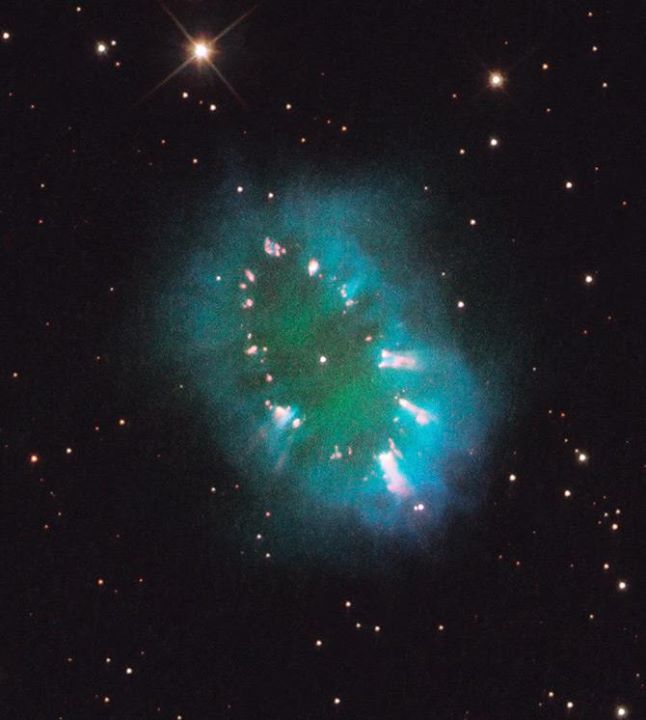
In the heart of this planetary nebula (not to be confused with an actual planet) lies a pair of sun-like stars orbiting each other at a close distance of just a few million miles. So close, in fact, that they complete a single orbit around one another in just one day. Over the course of the last 10,000 years, one of the two aging stars devoured its companion as it transitioned from a main-sequence star to a red-giant, a move our sun will experience here in about 4 billion years.
During this transition, the smaller of the two stars continued to orbit INSIDE its companion, which increased its rotation rate, causing it to expel a large portion of its outer envelope of gases into space — forming a ring that extends about a half light-year across. Overall, the nebula spans approximately 9 light-years across, edge-to-edge, which is almost twice the distance between the sun and our nearest neighbors, the Alpha Centauri triple star system.
6. Calabash Nebula
Some of the deep space nebulae images coming from Hubble are so truly spectacular, it’s often difficult to believe they are real. This is another one of those — the Calabash Nebula (also known as the Rotten Egg Nebula or OH 231.84), a proto-planetary nebula about 5,000 light-years away that lies in the Messier 46 open cluster, which is in the constellation of Puppis.

As one of its nicknames suggest, this nebulae would not smell very good (assuming you could get a whiff of it in the vacuum of space before you die) because it contains a startling large amount of sulfur compounds (including hydrogen sulfide), which has the revolting smell of rotten eggs.
5. V838 Monoceros
This is the star V838 Monoceros (V838 Mon) as well as the gas and dust surrounding the star. It is 20,000 light-years from Earth and about 13.7 light-years across; it can be found in the constellation Monoceros.
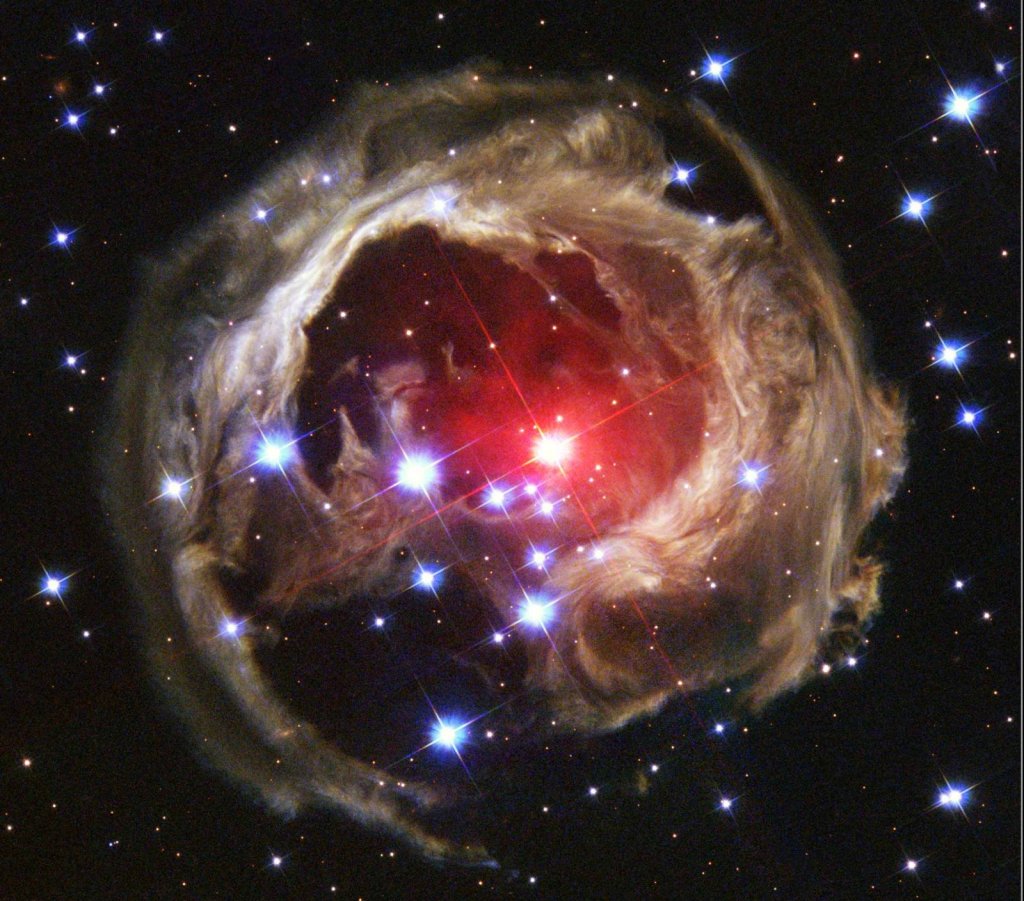
V838 Mon seemed like an ordinary star until January of 2002. It flashed and it’s brightness increased by at least 4,000 times making it the brightest star in the Milky Way for several weeks. Excitingly enough, we’ve been able to study this star pretty intensively since this flash occurred in modern times.
4. The Egg Nebula
This bizarre ripple in space is none other than the Egg Nebula. It is located about 3000 light years from Earth in the constellation Cygnus.
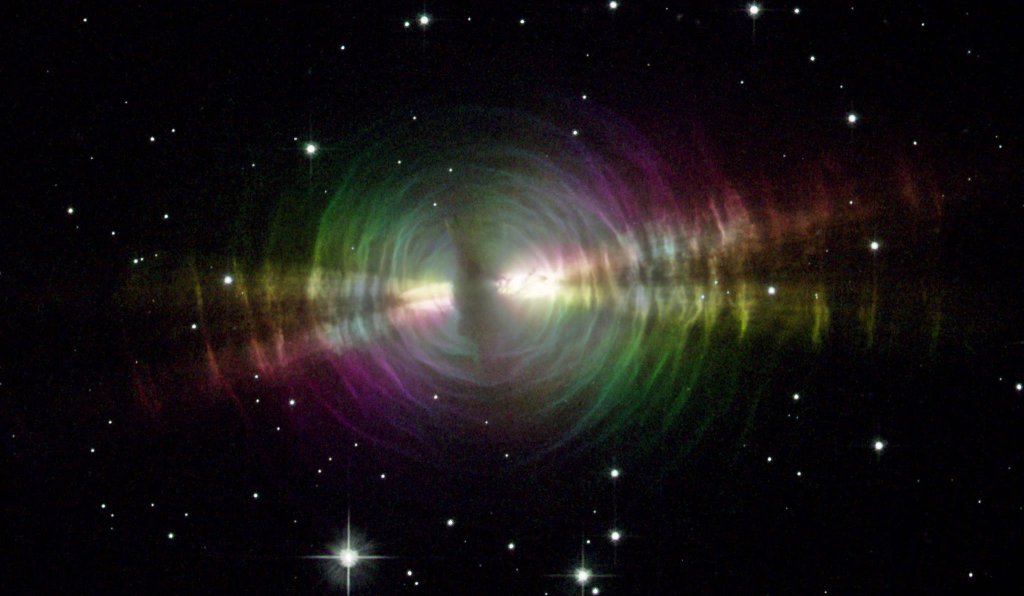
At the center of the image, you’ll see a thick cloud of dust which hides the central star. The star makes an appearance with four distinct beams of light bursting through the shroud of dust. The mechanism that allows these beams to shine through the dust cloud is unknown, though some scientists hypothesis that there are four circular holes in the cloud, possibly caused by a once-binary system, which allows the light to shine.
3. “The Hand of God:”
About 18,700 years ago, a massive star exploded approximately 17,000 light-years from Earth in the constellation of Circinus. The resulting supernova blasted off the outermost layer of the star’s gases and gave rise to a pulsar, whose light didn’t reach our planet until some 1,700 years ago.
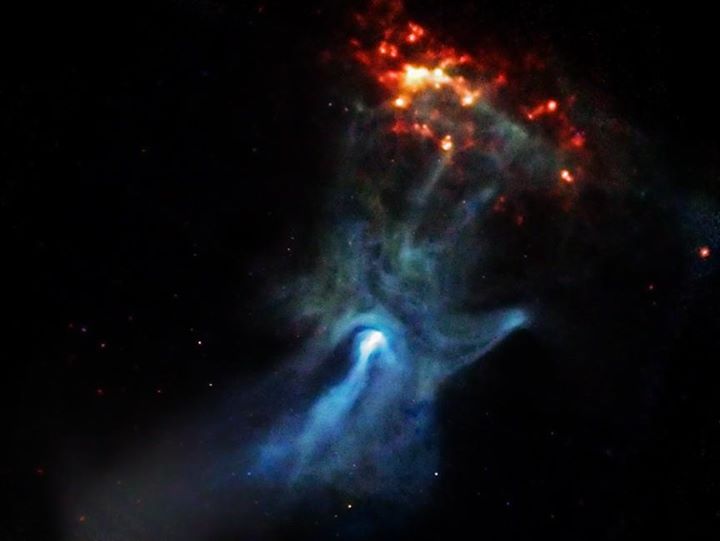
These sister-stars of neutron stars are incredibly small, but dense remnants of dead stars that spit out large quantities of light and radiation. This one in particular, which has been dubbed PSR B1509-58, is only about 20 kilometers in diameter, but spins an incredible 7 times per second! Its rapid rotation, exceptionally strong magnetic field (which is about 15 TRILLION times stronger than Earth’s), and its energetic wind of charged particles all contribute to the intricate structure of gases seen here in this image.
2. U Camelopardalis
Allow me to introduce you to U Camelopardalis (or U Cam), a dying carbon-rich star found in the Camelopardalis constellation some 1500 light-years away.
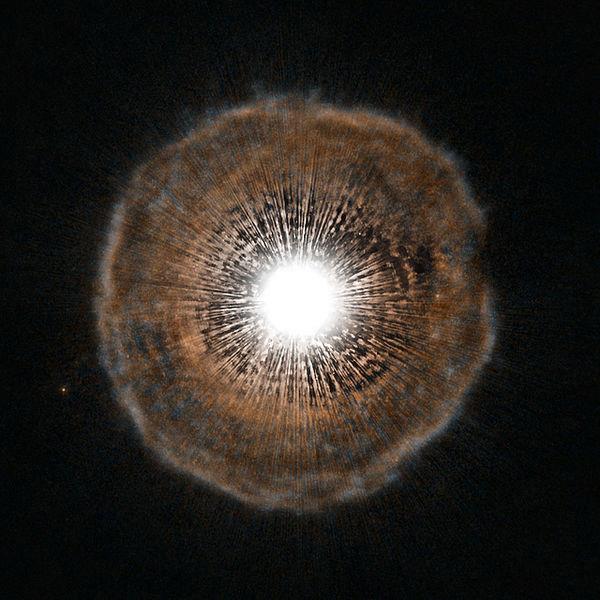
U Cam, which is currently a red giant, offers an eerie glimpse into the future of our own Sun. In its stellar evolution, U Cam started by fusing hydrogen into helium, then helium into carbon. The star then expanded into a red giant in order to maintain hydrostatic equilibrium. Eventually, the heat from the core superheats the outer layer of the star and that layer is then ejected into space in an event described as “solar winds on cosmic steroids” by the folks at BadAstronomy. This is currently what is happening to U Cam and is pictured here.
1. The Red Square Nebula
This mysterious object is known as the Red Square Nebula (formally known as MWC 922), which lies about 5000 light-years from Earth in the constellation of Serpens.
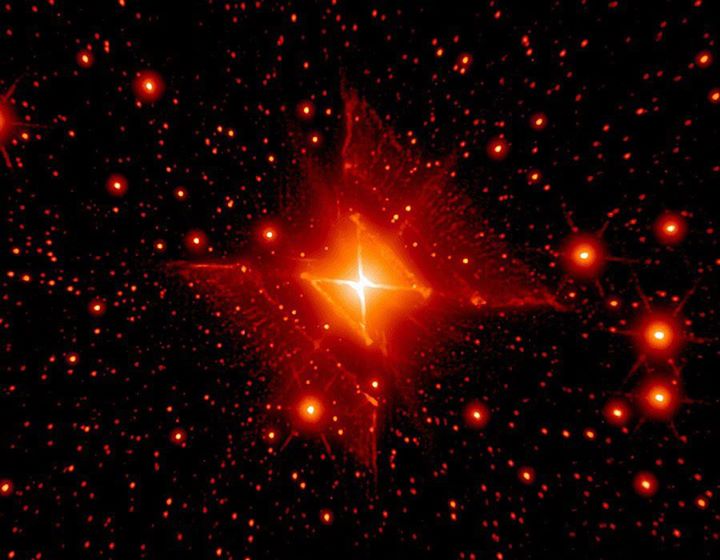
Strangely enough, astronomers don’t know too much about this nebula nor how it was formed. The red rectangle is thought to be due to thick dust torus (a doughnut-shaped dust disk), which pinches the spherical outflow of gases into cone-shapes that tip-touch. Imagine how smoke rings appear when they are seen edge on. The same can be said in the case of the red rectangle nebula, this is an optical illusion. If we were able to look into the mouth of the cones, this nebula would appear very different.